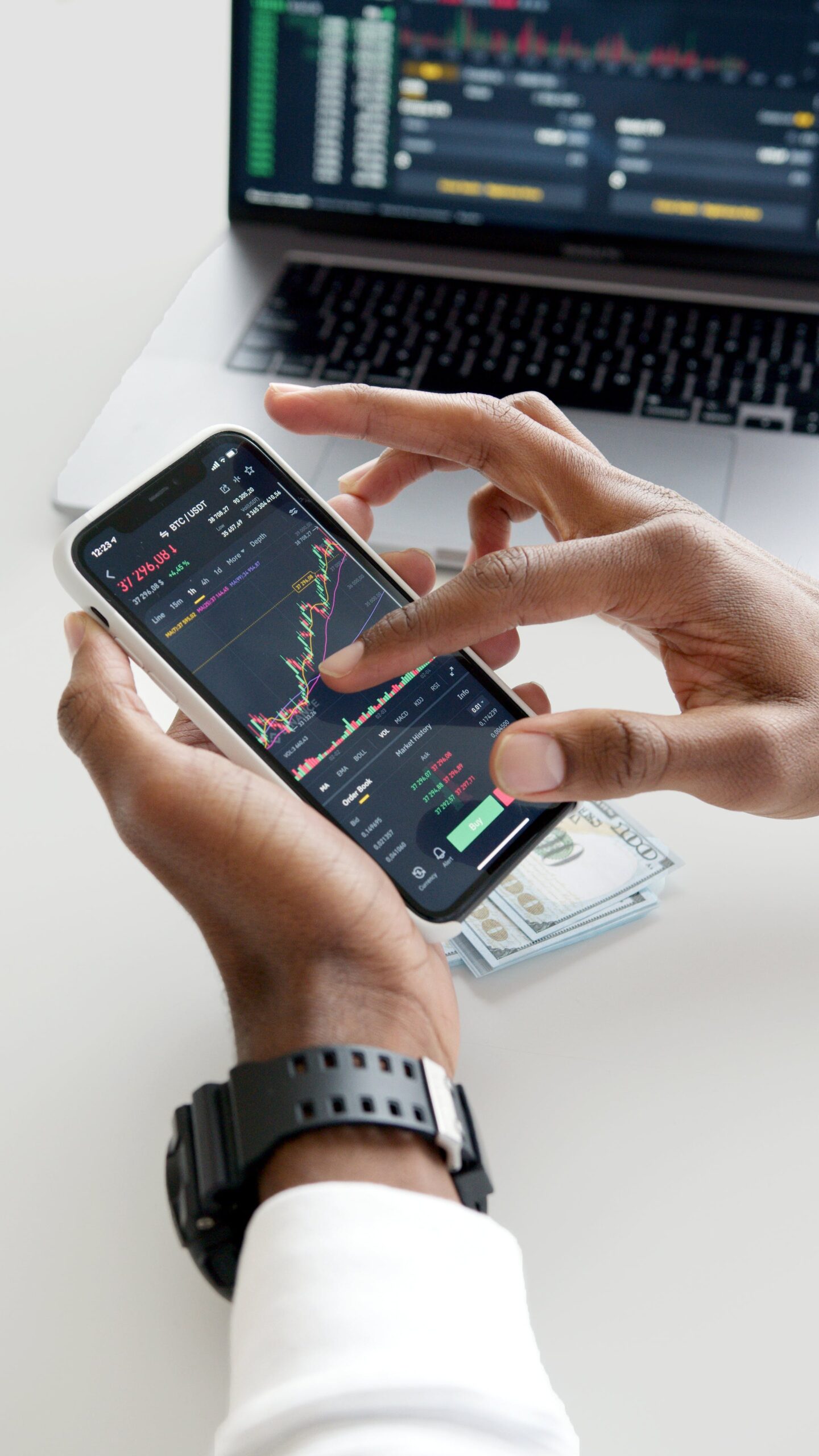Securing Your Digital Assets: Understanding the Darkweb’s Stolen Data Market and How to Protect Yourself
The advancement of technology has undeniably brought numerous benefits to our everyday lives. However, it has also led to an increase in cybercrimes, with one of the most prominent threats being the stolen data market on the darkweb. In this article, we will delve into the intricacies of this dark underworld and explore ways to protect your digital assets from falling victim to this thriving market.
1. The Darkweb’s Stolen Data Market: Unveiling the Threats to Your Digital Assets
The darkweb, often accessed through specialized software like Tor, is an anonymous and hidden part of the internet where cybercriminals thrive. Within this obscure realm, a prominent and highly lucrative market exists for stolen data. This stolen data, which includes personal and financial information, is obtained through various means such as malware attacks, phishing scams, and data breaches.
Once these cybercriminals have acquired the stolen data, they sell it on the darkweb to other criminals or individuals with malicious intent. The buyers can then exploit this data for various illicit activities, such as identity theft, financial fraud, and even blackmail. This thriving market poses a significant threat to individuals, businesses, and organizations alike, as it can result in severe financial losses, reputational damage, and personal distress.
2. Protecting Yourself in the Face of Data Breaches: Insights into the Darkweb’s Stolen Data Market
Data breaches have become alarmingly common, with major companies and organizations suffering the consequences of cyber attacks. Understanding the darkweb’s stolen data market is crucial in protecting yourself in the aftermath of a data breach. Once your data is compromised, it is likely to end up on the darkweb, making you vulnerable to further exploitation.
Being proactive is key when dealing with the aftermath of a data breach. Start by regularly monitoring your financial accounts for any suspicious activity. Additionally, change passwords for all your online accounts, using strong, unique passwords for each. Enable two-factor authentication whenever possible to add an extra layer of security to your accounts.
Furthermore, consider subscribing to identity theft protection services that monitor the darkweb for any signs of your compromised data. These services can alert you if your information is being traded or being used for fraudulent purposes on the darkweb.
3. Safeguarding Your Digital Assets: Exploring the Darkweb’s Stolen Data Market and Countermeasures
To safeguard your digital assets from falling prey to the darkweb’s stolen data market, there are several countermeasures you can implement. Firstly, ensure your devices, including computers and smartphones, have updated security software installed. Regularly update your operating system, antivirus software, and other security applications to protect against the latest threats.
Educating yourself about phishing attempts and scams is another crucial step in safeguarding your digital assets. Be skeptical of any unsolicited emails or messages asking for personal or financial information. Do not click on suspicious links or download attachments from unknown sources. Cybercriminals often use social engineering tactics to trick individuals into revealing their sensitive data.
Finally, consider using a virtual private network (VPN) to encrypt your internet connection and protect your online activities from prying eyes. A VPN adds an extra layer of security by creating a secure and private communication channel between your device and the internet.
In conclusion, the darkweb’s stolen data market presents a significant threat to your digital assets. By understanding the inner workings of this illicit market and implementing robust security measures, such as monitoring for data breaches, updating security software, and using a VPN, you can effectively protect yourself from falling victim to cybercriminals and safeguard your digital assets.



